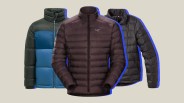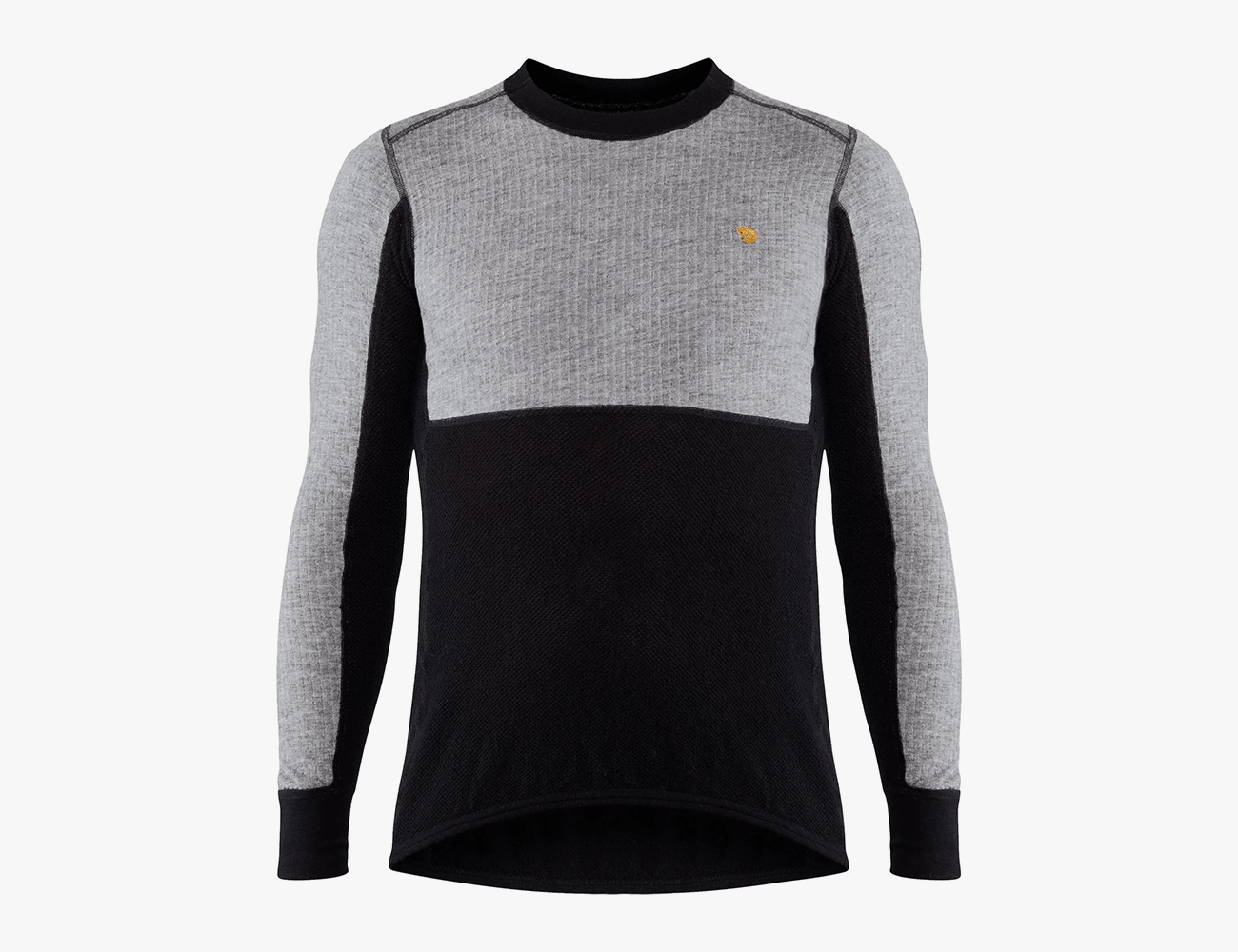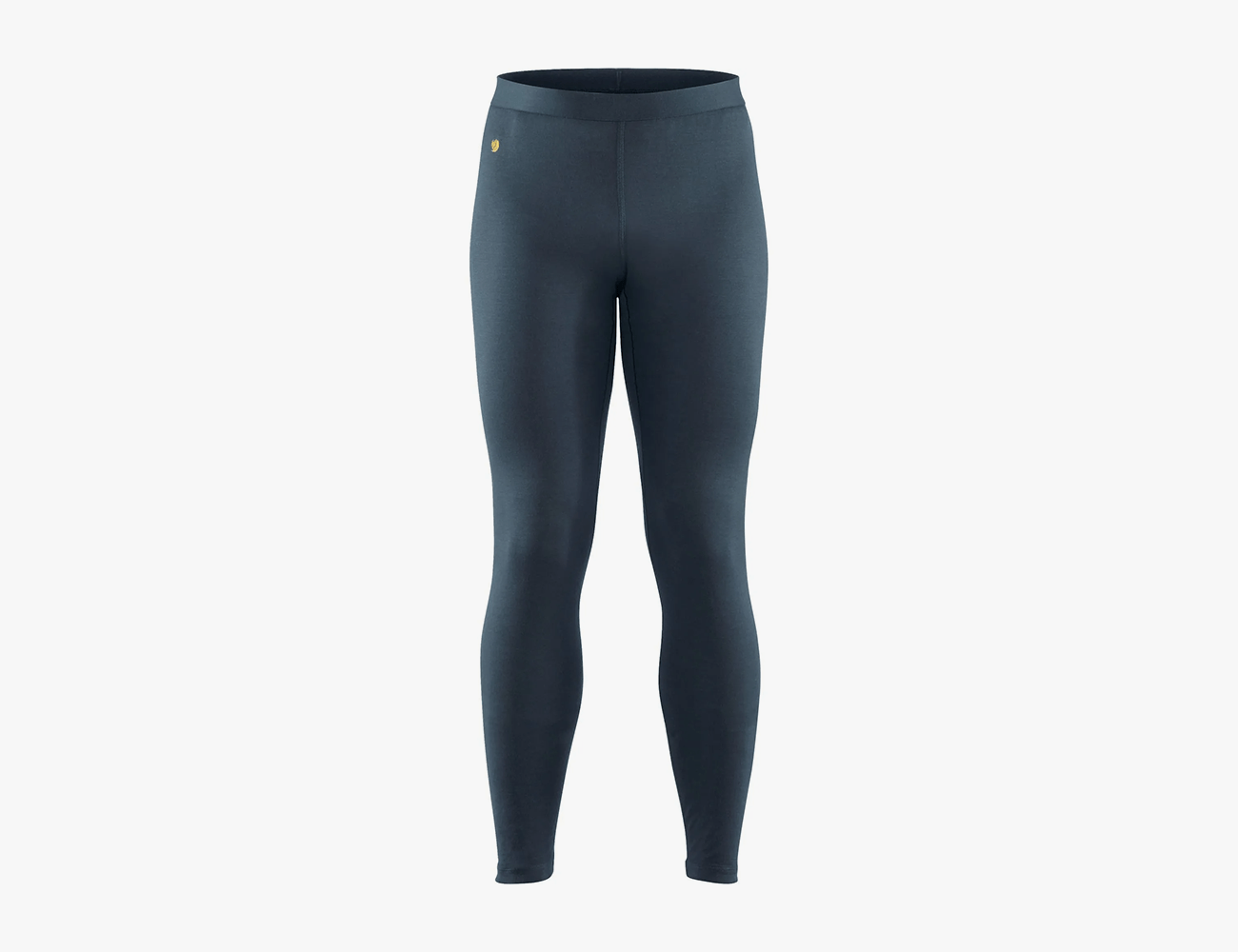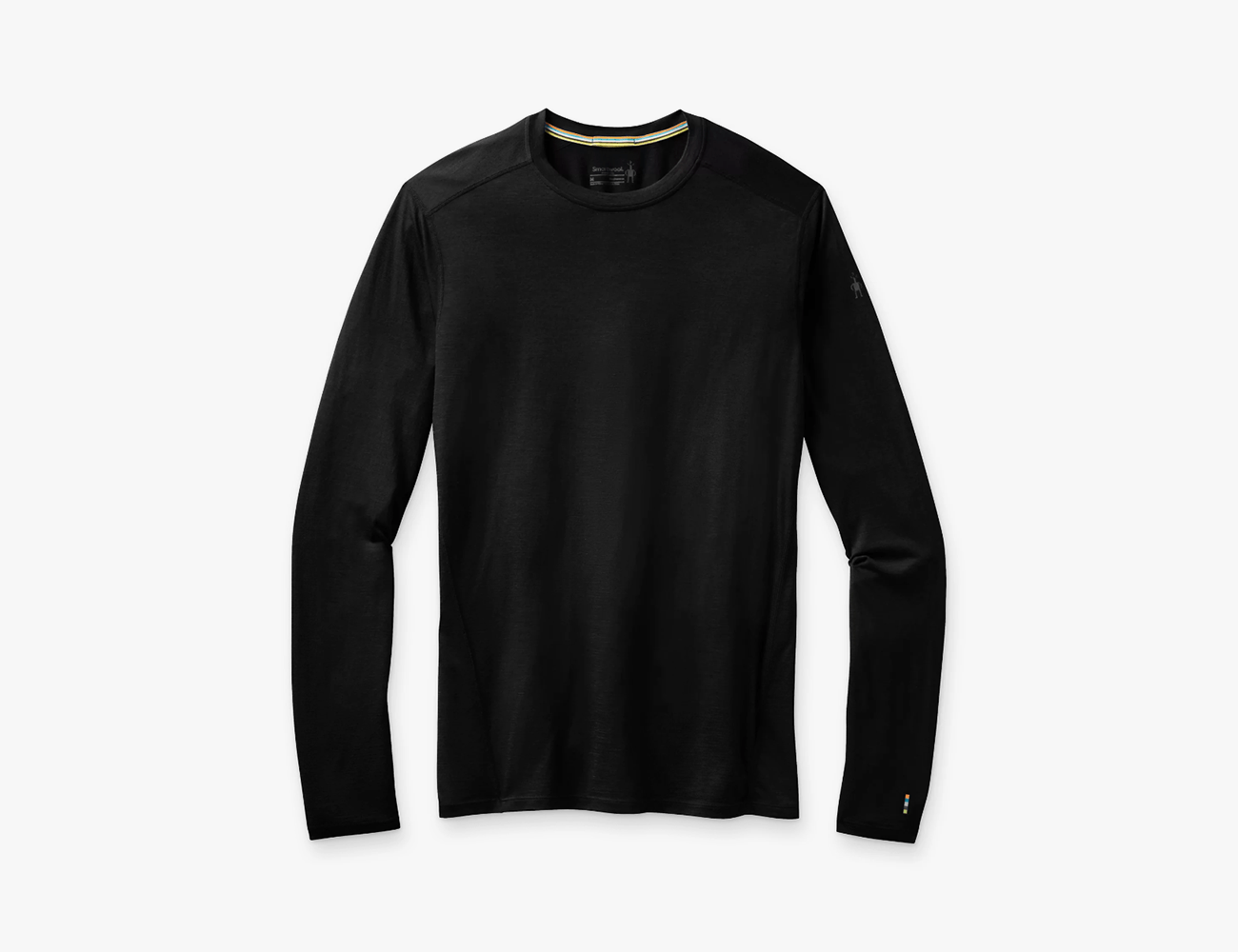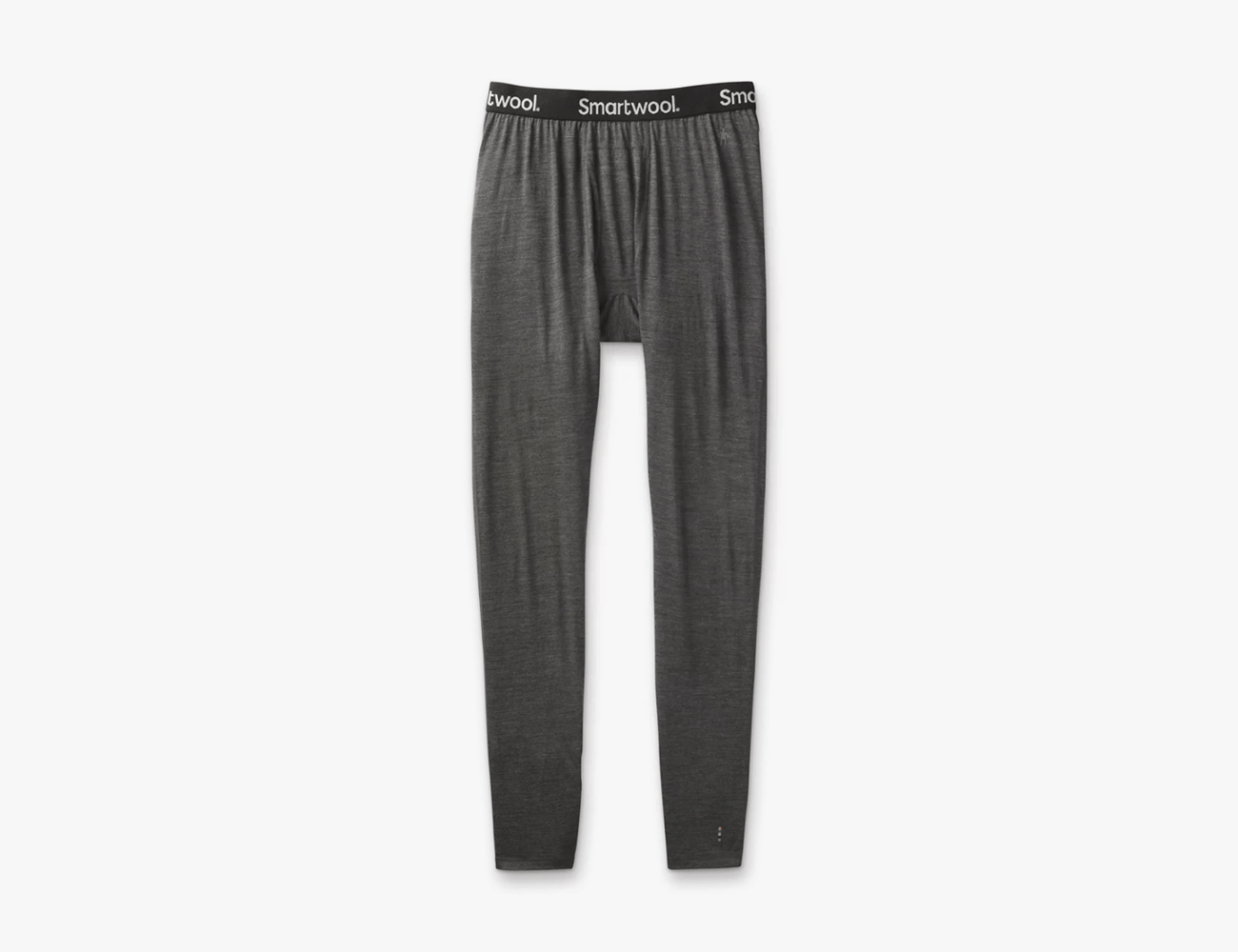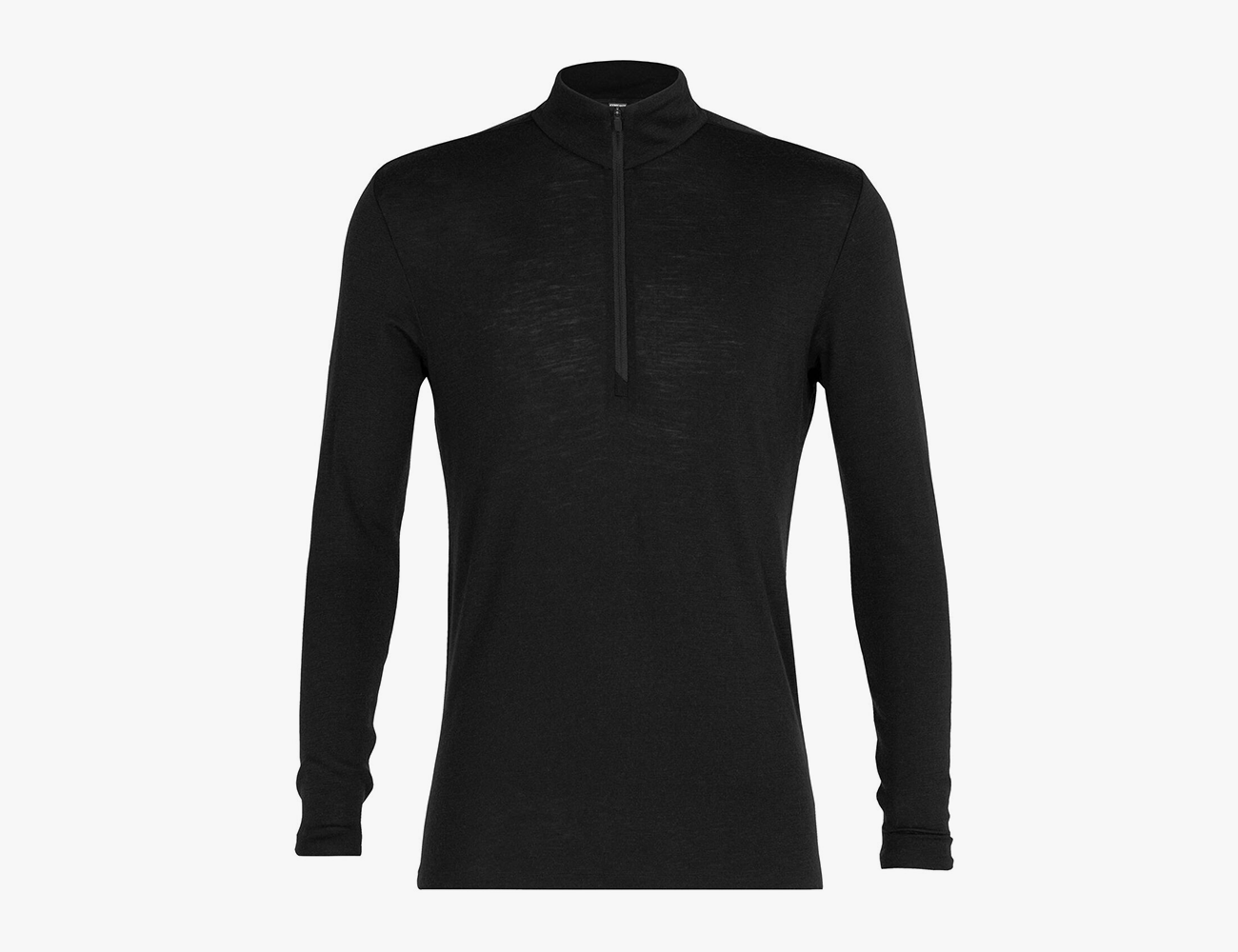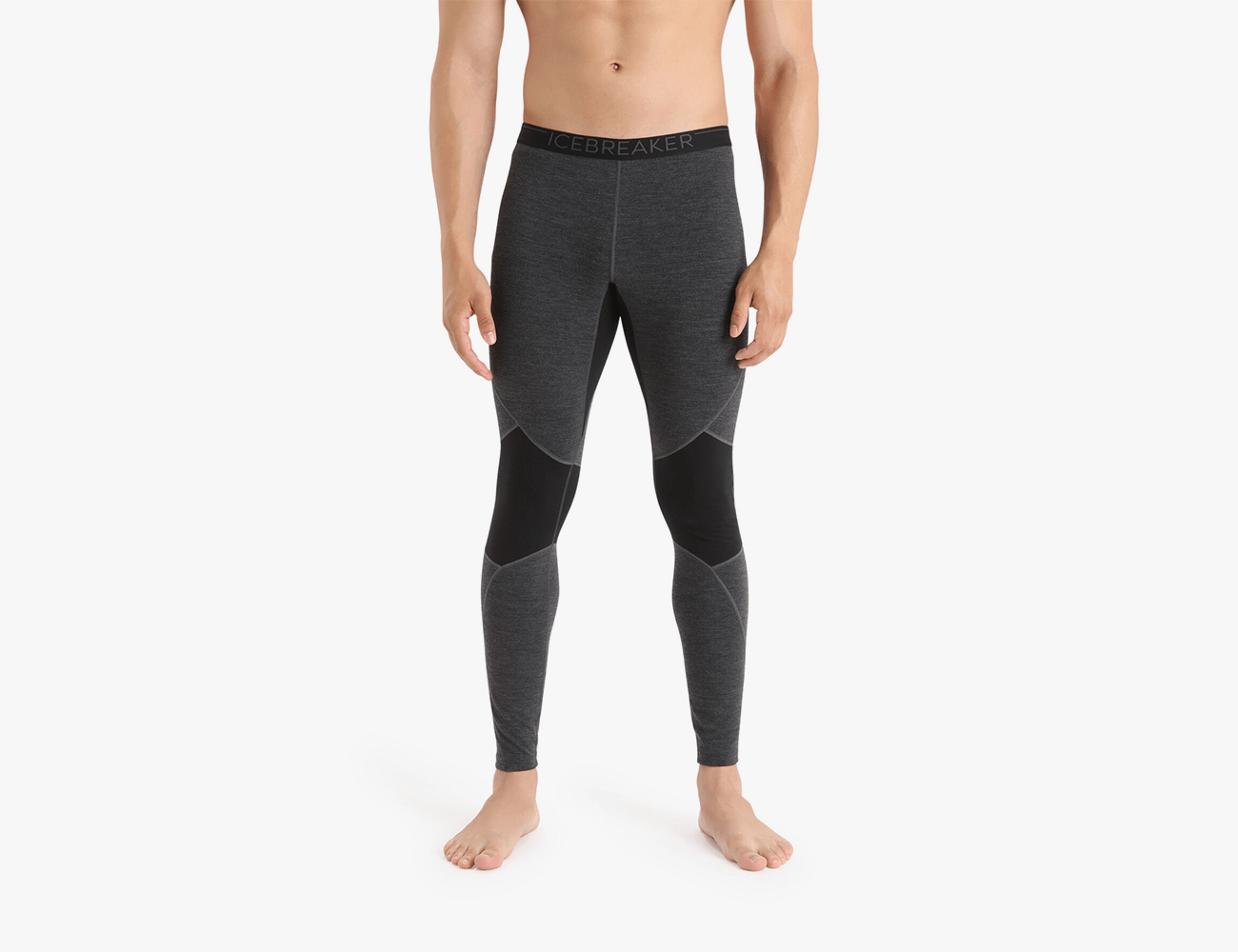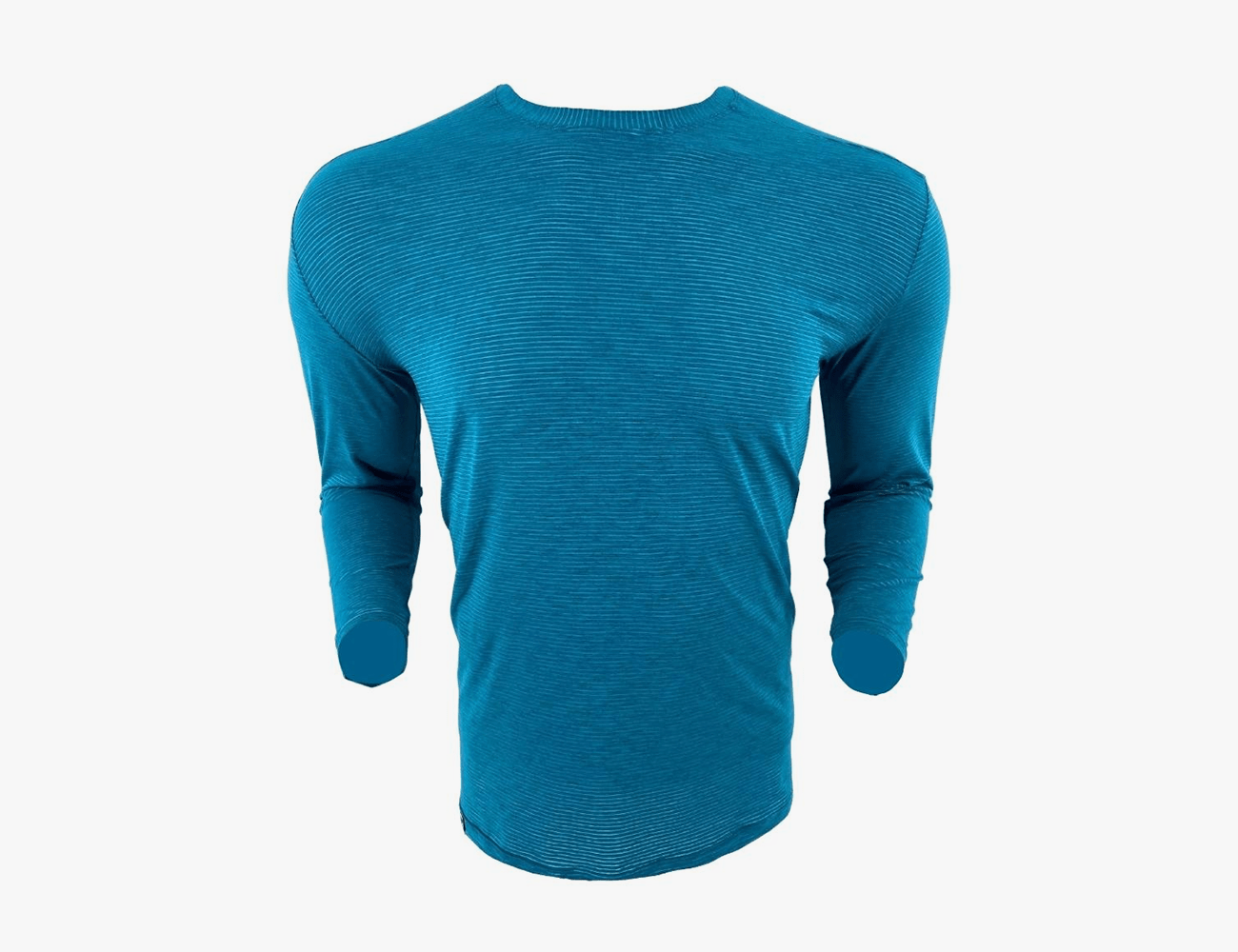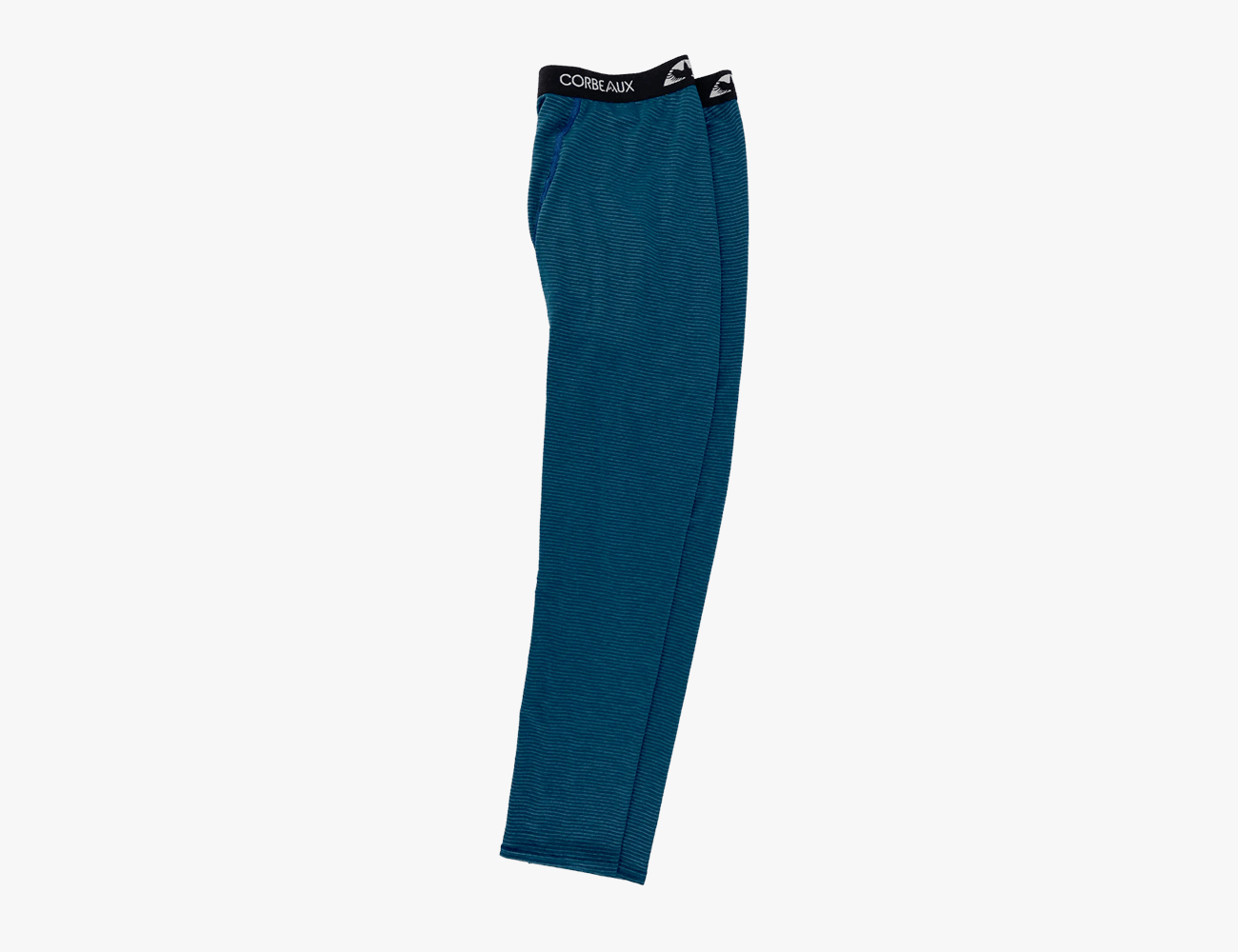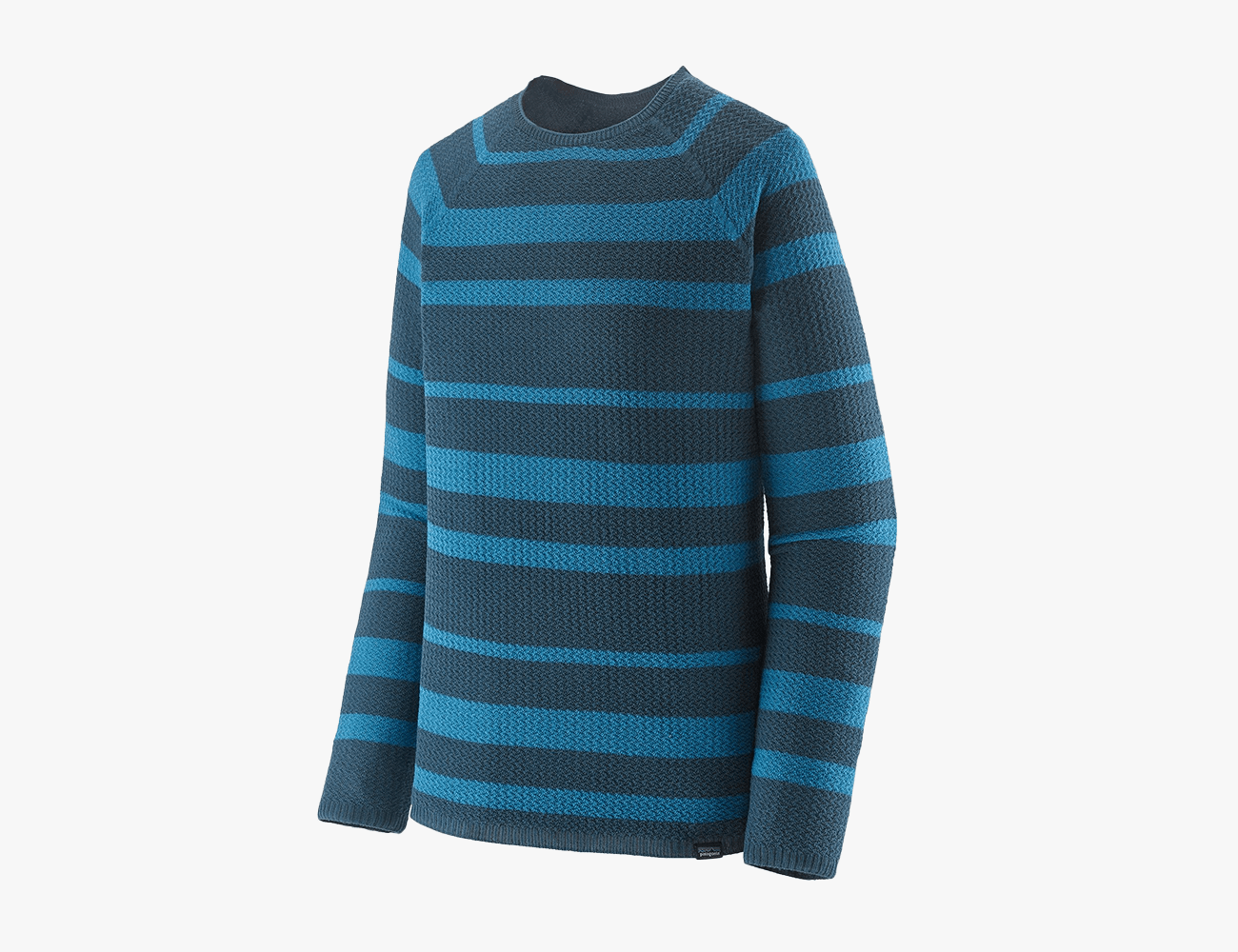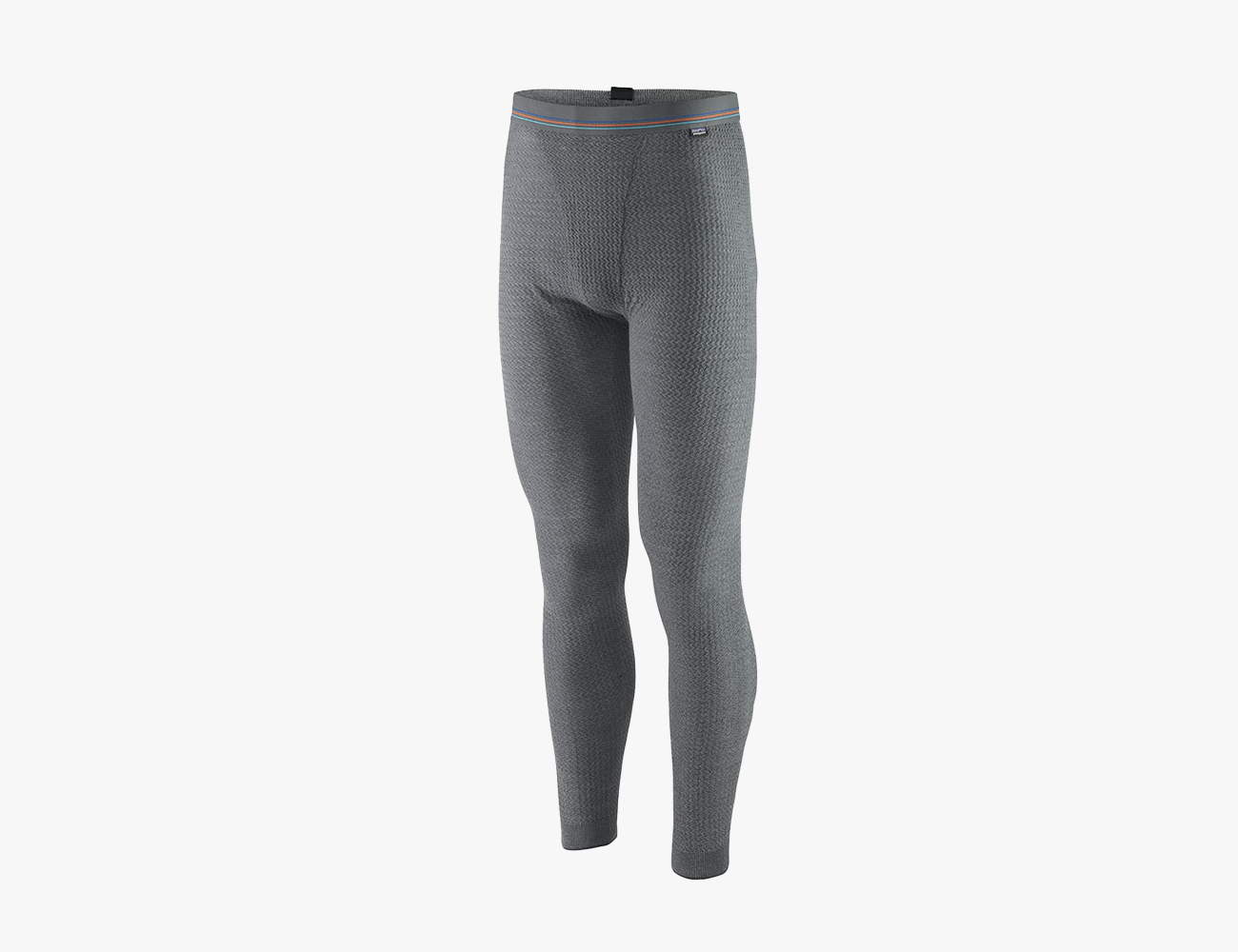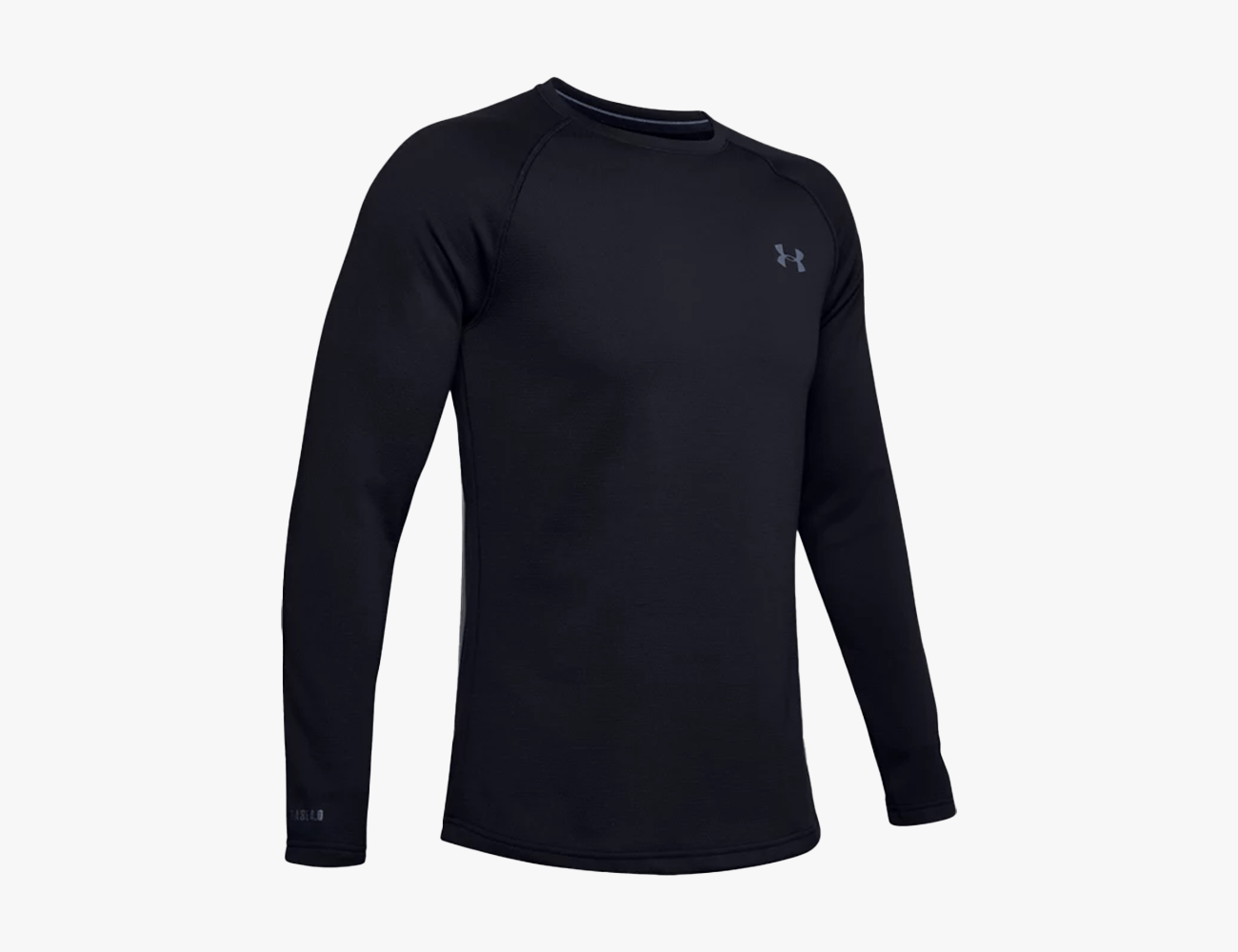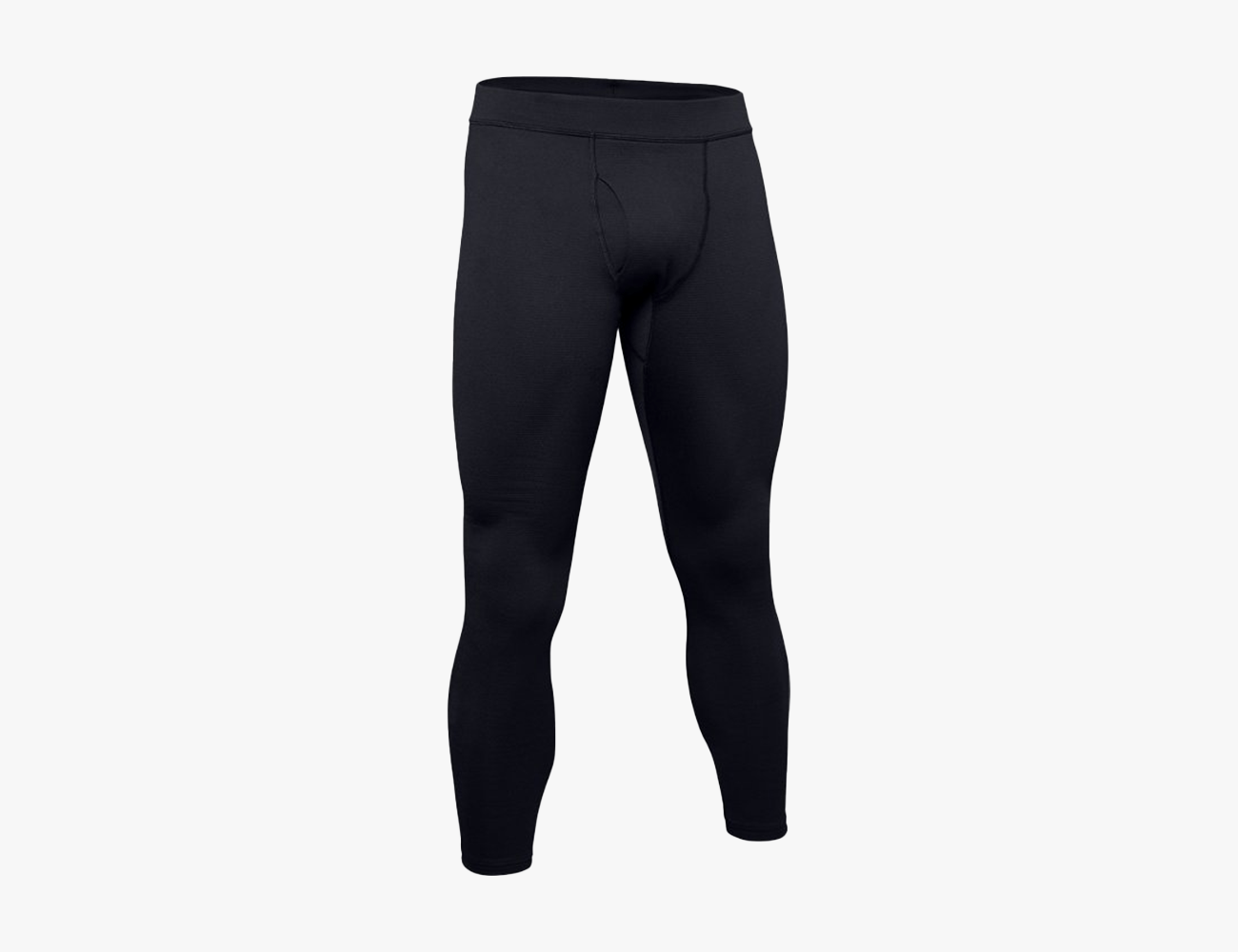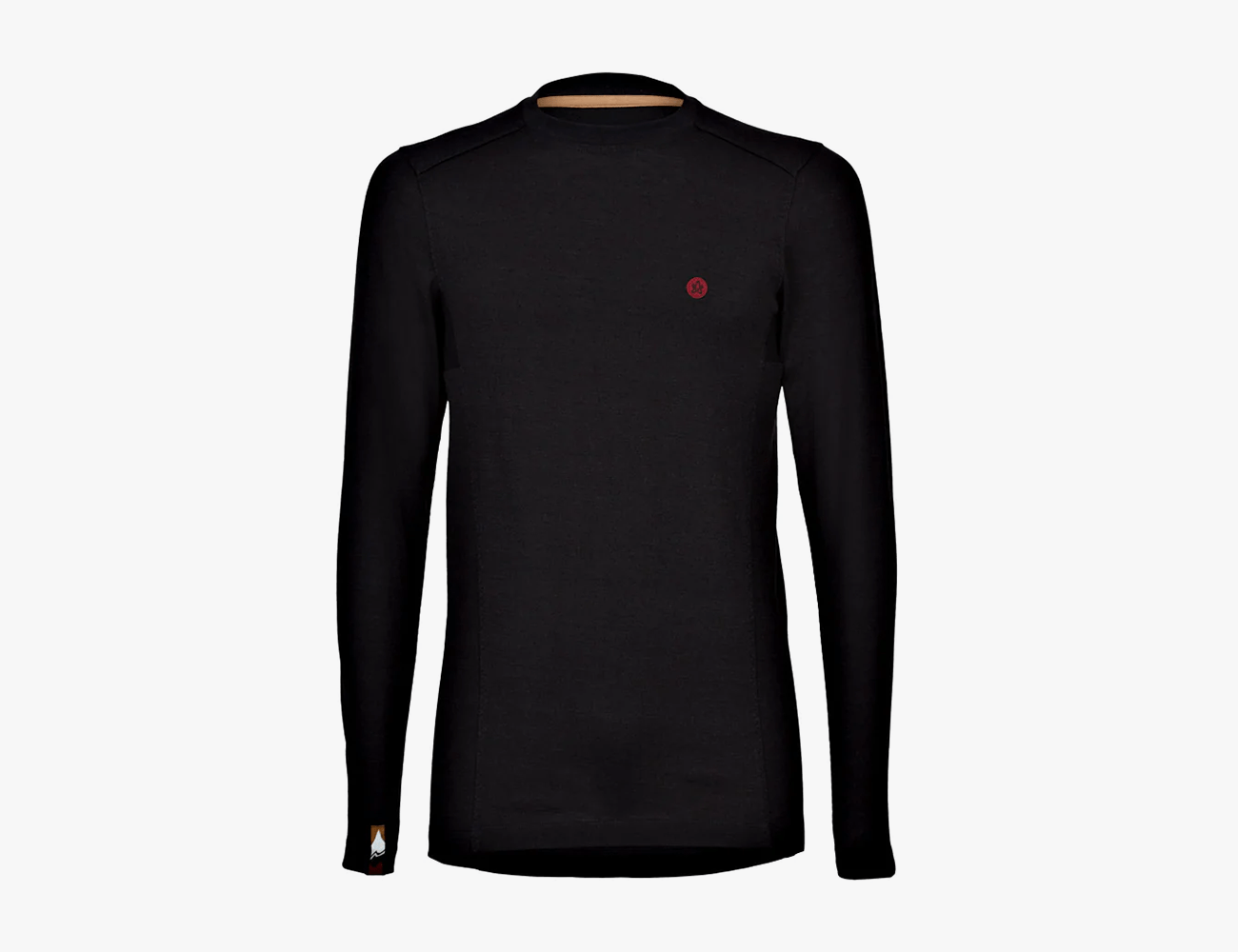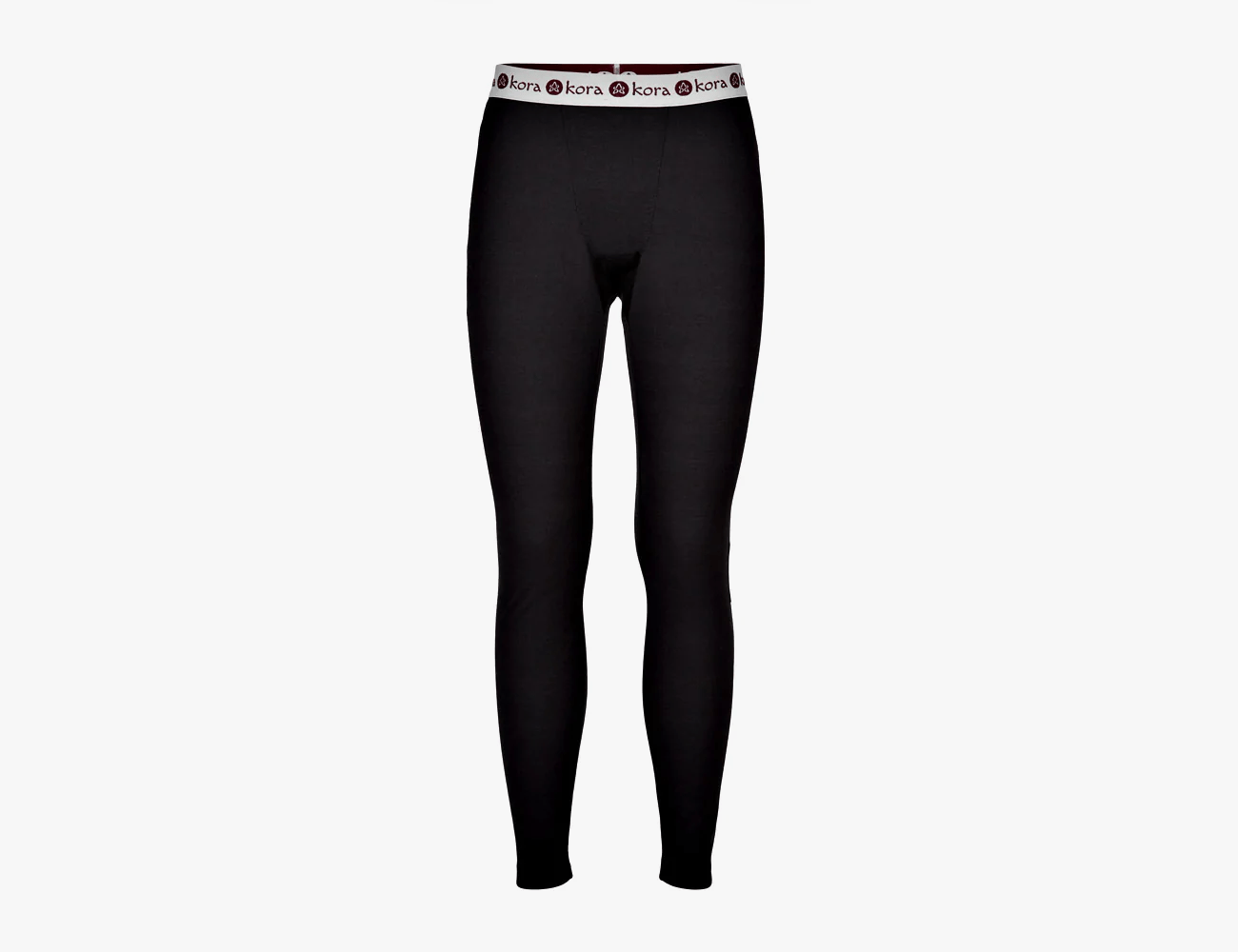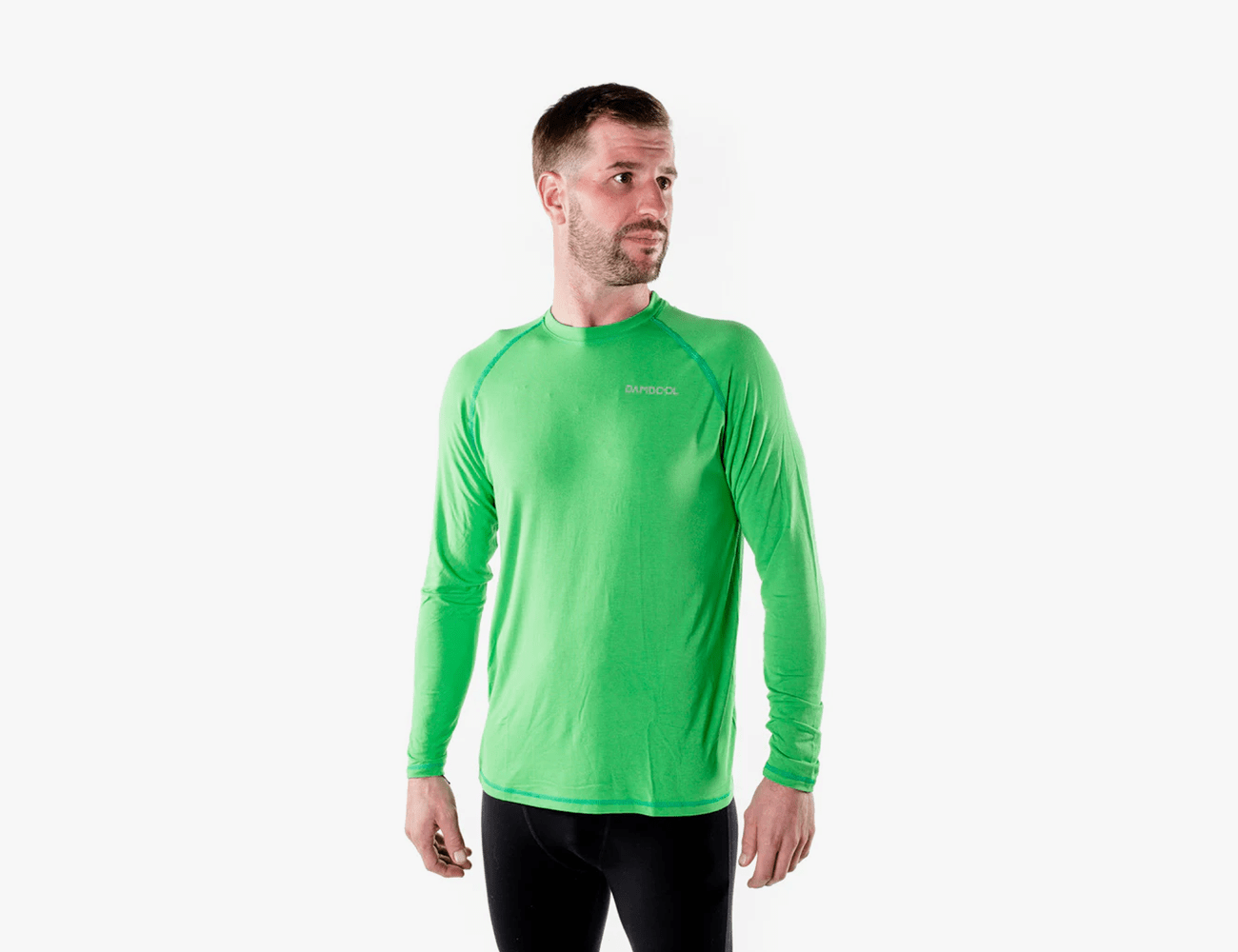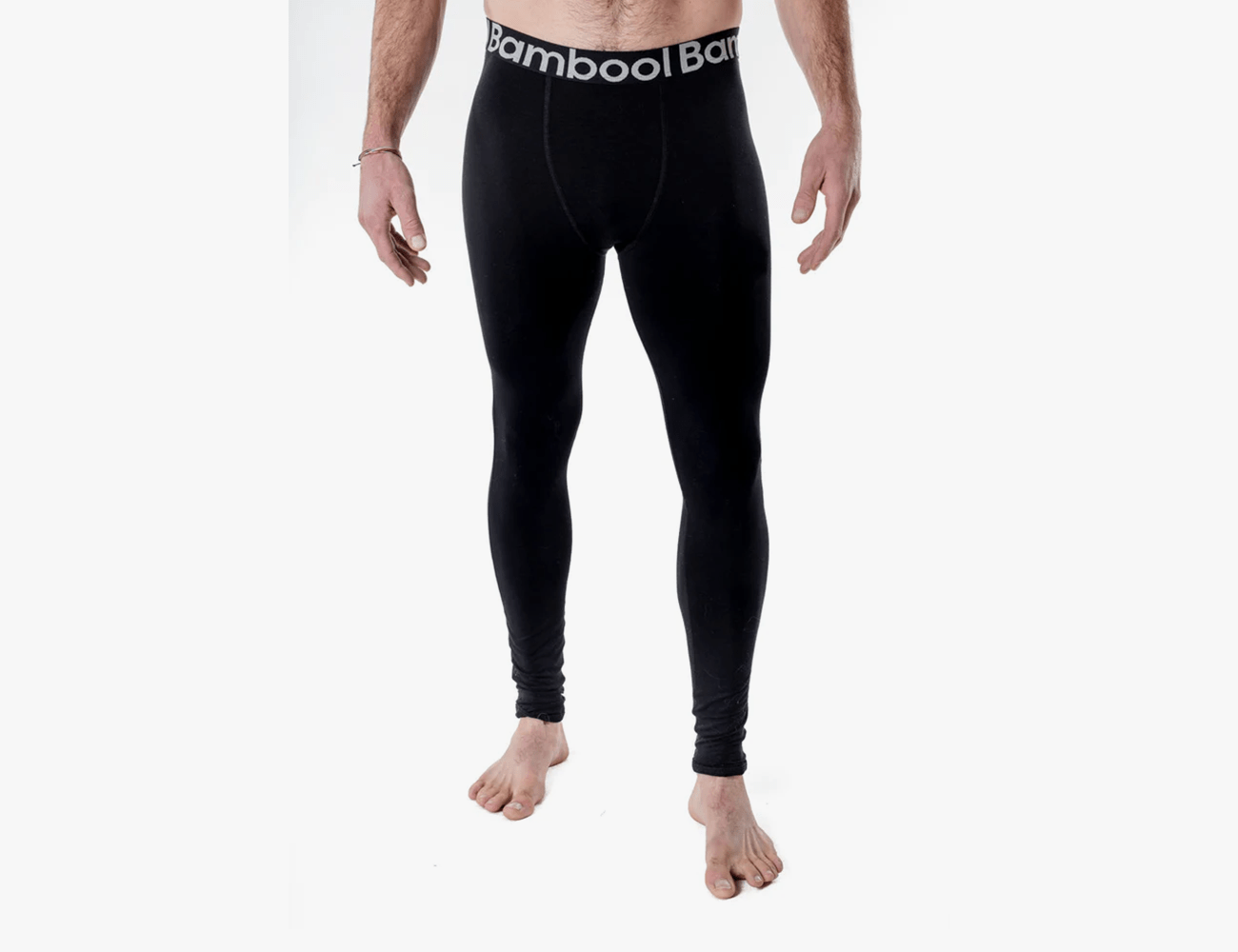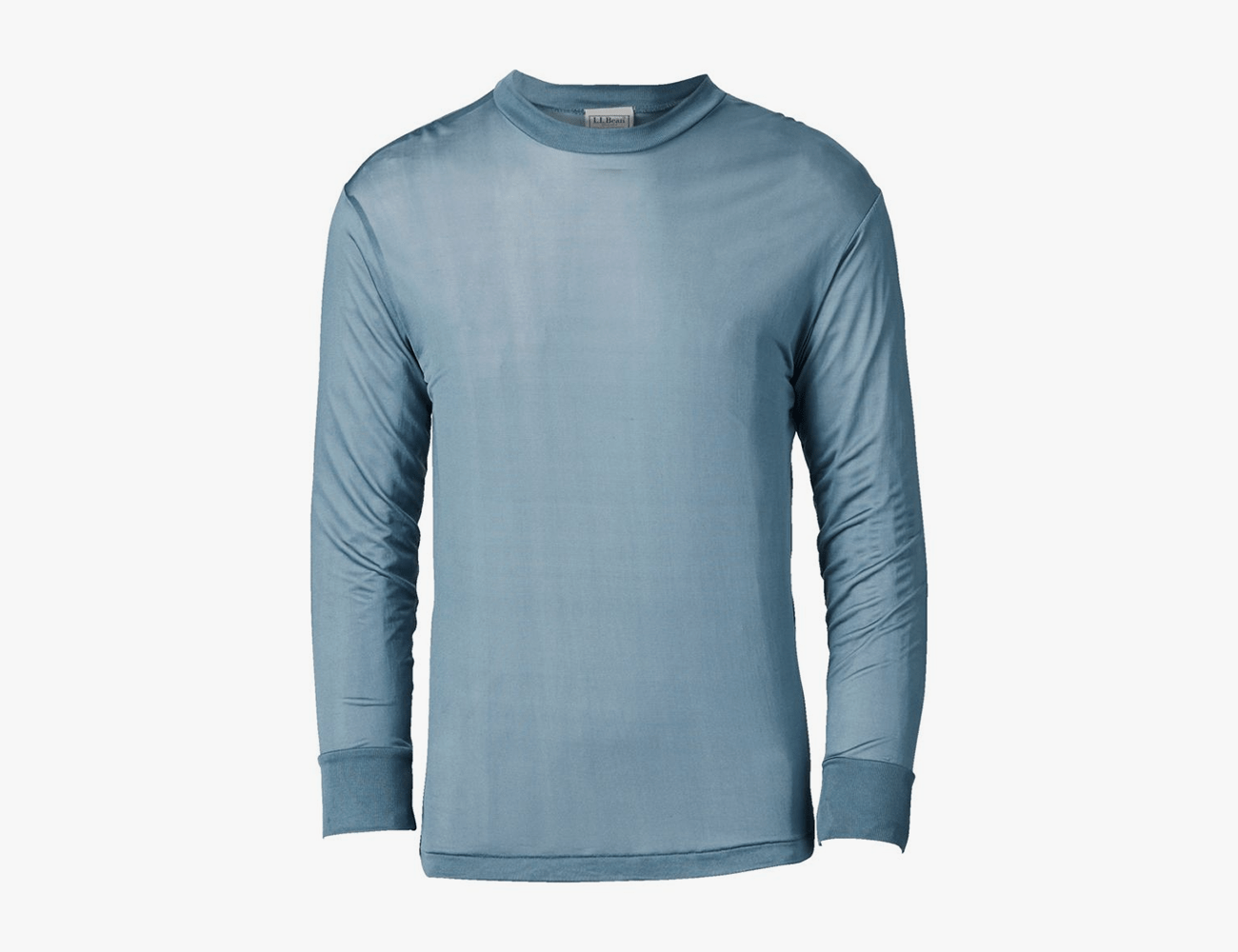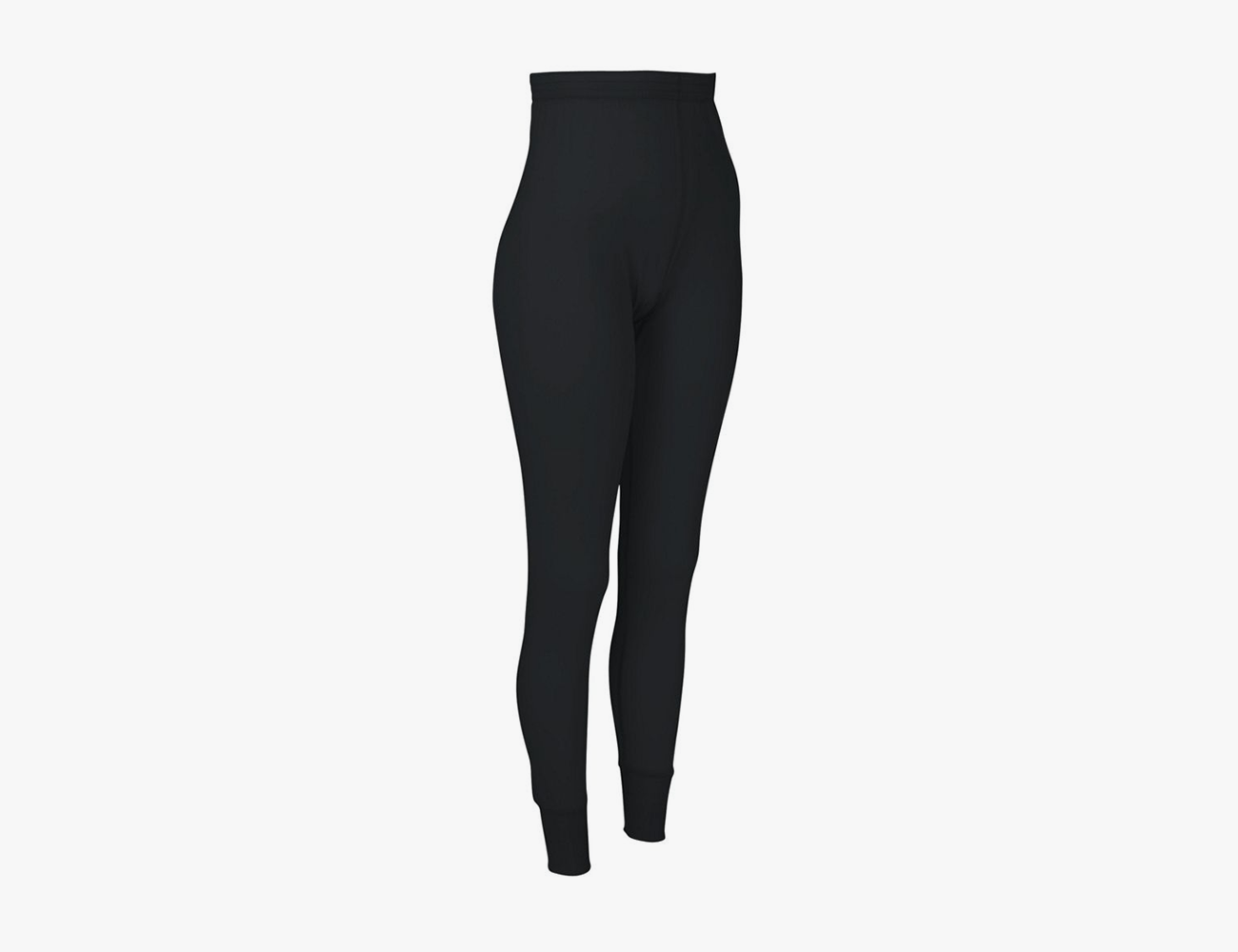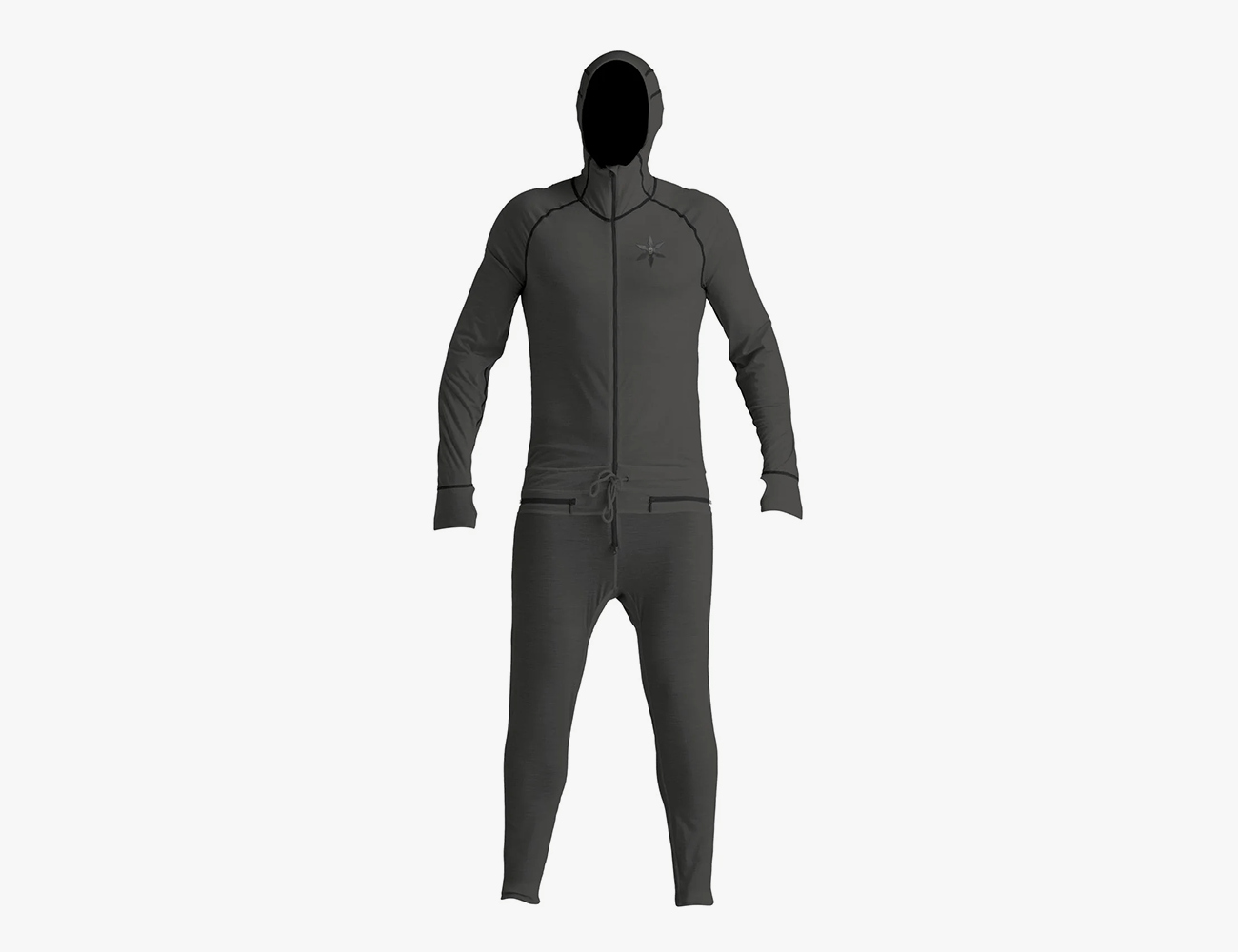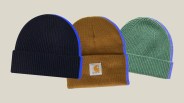Base layers need to do three things in order to perform well in the outdoors. They need to keep you warm through insulation, they need to breathe well during aerobic activities, and they need to wick moisture away from your body and allow it to evaporate. While your good ol’ waffle-style long johns might be comfortable and cozy near the fire, they no longer cut the mustard when it comes to modern needs. Merino wool, synthetic materials and a host of alternatives are better designed to accomplish all three objectives well, and they can be relied upon to do the job when you need them most.
Products in the Guide
-
Fjallraven Bergtagen Woolmesh Sweater
Read more -
Fjallraven Bergtagen Thinwool Long Johns
Read more -
Smartwool Merino 150 Long-Sleeve Baselayer
Read more -
Smartwool Classic All-Season Merino Base Layer Bottom
Read more -
Icebreaker Merino 175 Everyday Long Sleeve Half Zip Thermal Top
Best Affordable Baselayer
Read more -
Icebreaker BodyfitZone Merino 260 Zone Thermal Leggings
Read more -
Corbeaux Respire Long Sleeve
Read more -
Corbeaux TJ Pant
Read more -
Patagonia Capilene Air Crew
Read more -
Patagonia Capilene Air Bottoms
Read more -
Under Armor UA Base 4.0 Crew
Read more -
Under Armor UA Base 4.0 Leggings
Read more -
Kora Outdoor Yushu LS Crew
Read more -
Kora Outdoors Yushu Bottoms
Read more -
Bambool Crewneck Top
Read more -
Bambool Legging
Read more -
L.L.Bean Silk Underwear, Crewneck
Read more -
L.L.Bean Silk Underwear, Pants
Read more -
Airblaster Merino Wool Ninja Suit
Read more -
Mons Royale Supermons 3/4 One Piece
Read more
Types of Baselayers
Baselayers traditionally fall into three separate categories: light, medium and heavyweight. Each weight type is designed for specific conditions and sometimes activities. Retailers or manufacturers will typically provide the insulation weight and sometimes the g/m2 spec (the grams-per-square-meter measurement of the fabric), which measures how thick and heavy a material is. It’s important to note that there is no standardized unit of measurement for the weight of baselayers: each manufacturer formulates its own scale, so it’s important to read product descriptions and recommended uses — and to experiment a bit — to find which weight is right for you.
Materials
There are a few primary types of materials you’ll find used in baselayers: merino wool, synthetics and alternative materials like bamboo. Merino wool is by far the most popular: it’s the gold standard in base-layer materials. Its fibers are naturally antimicrobial, so they fight the stench that occurs after a few days on the trail, and the fabric is great at regulating temperature, making it usable in multiple environments. It also breathes well and wicks moisture away from your body to keep you dry.
Synthetic materials pack a big punch at a low price point. While they tend to pick up a stench easier than other materials, they do the trick of keeping you warm and wicking moisture away quickly. An easy solve for this is a blend of all-natural and synthetic materials (like the Patagonia picks in here). They’re also highly breathable, and after purchasing, they leave a little bit of extra cash in your wallet for something like a nice pair of hiking boots or new goggles.

